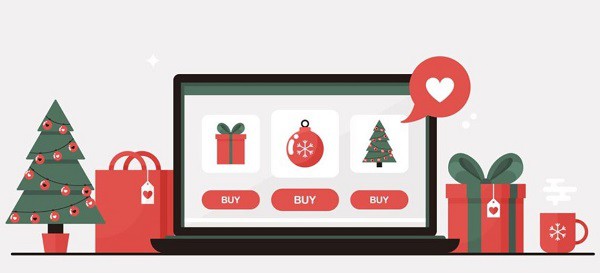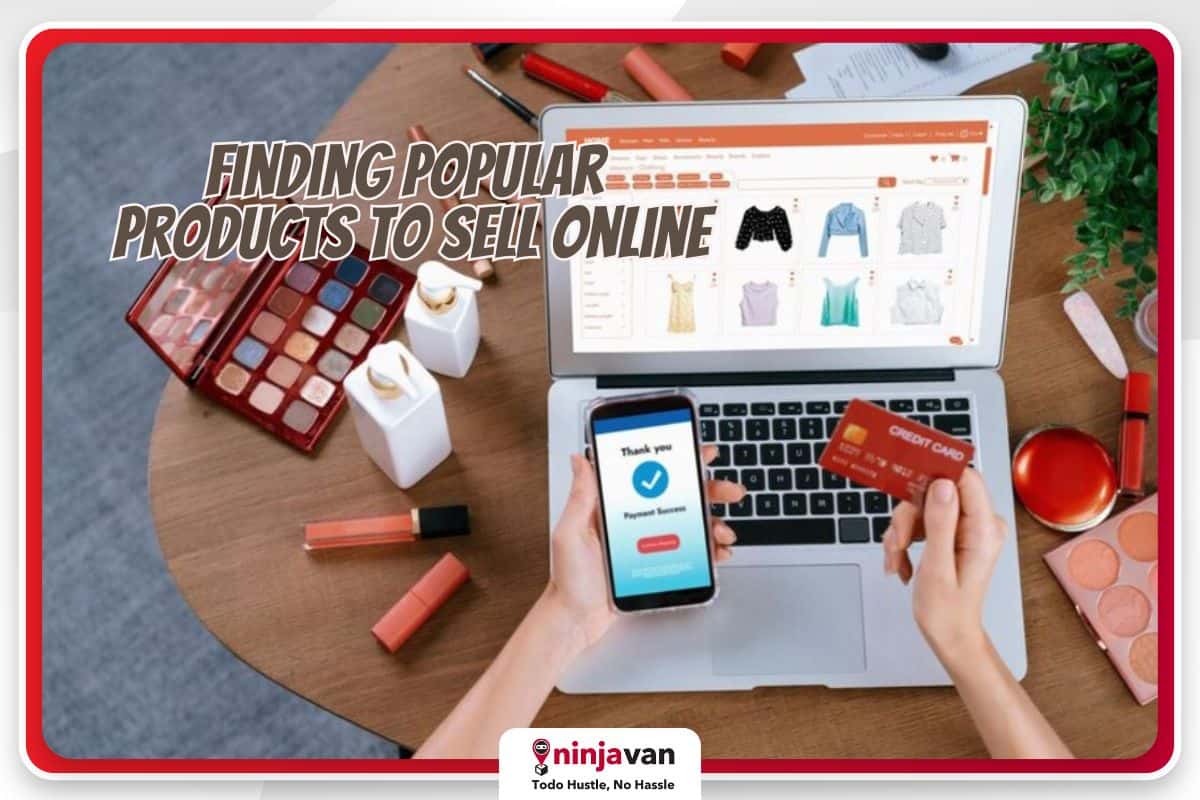Selling online looks easy, but nothing could be further from the truth. To begin with, your competition is just as vast as the internet.
So how do you find out if your products will go big online or go home? Start by finding popular or trending products that are getting a lot of buzz from online buyers
How to find trending products that will sell
As cold and vast as the internet may be, it’s also home to a few helping hands that can guide you in navigating the unpredictable art of selling online.
Finding trending products with good sales potential online involves a combination of research tools, market observation, staying updated with market trends and understanding broader consumer trends.
1. Market Research:
- Competitor Analysis: Analyze successful competitors in your chosen market. Look at their best-selling products and customer reviews. Identify what sets your competitors apart and see if there are areas where you can offer a unique or improved product.
- Niche Research: Identify specific niches or industries that are currently on the rise. Look for gaps in the market where demand is high, but competition is low.
- Customer Feedback: Read customer reviews on e-commerce platforms, forums and social media. Identify common pain points and preferences. Consider conducting surveys or polls to gather direct feedback from potential customers.
2. Utilize tools to find trending products:
- Google Trends: This free tool allows you to see the search volume for specific keywords over time. You can identify products with rising search trends, indicating growing consumer interest.
- Bestseller lists: Online marketplaces like Lazada and Shopee showcase their best-selling products. Analyzing these lists can reveal popular product categories and specific items generating high sales.
- Keyword research: Use keyword research tools like Google Keyword Planner to identify search terms related to your potential products. High search volume and low competition can indicate demand. Look for long-tail keywords that may represent specific needs or trends.

3. Observe market trends:
- Social media: Platforms like Instagram, Facebook and TikTok often showcase trending products and user preferences. Look for recurring themes, popular challenges, and user-generated content featuring specific products.
- Industry publications and news: Stay updated on industry news and publications related to your target market or product category. This can reveal upcoming trends, product innovations, and consumer behavior shifts.
- Online communities and forums: Engage in online communities and forums relevant to your target audience or industry. By actively participating, you can gain valuable insights into consumer needs, preferences, and emerging product trends.
4. Understand broader consumer trends:
- Lifestyle shifts: Identify changes in consumer behavior and lifestyle choices. For example, the growing focus on health and wellness might translate to a demand for fitness trackers or healthy home cooking appliances.
- Seasonal Trends: Consider the seasonality of certain products. Some items may be popular during specific times of the year (e.g., holiday-themed products).
- Sustainability: Consumers are increasingly conscious of environmental impact. Consider eco-friendly products, recycled materials, and sustainable packaging as potential trends.
- Technological advancements: Keep an eye on emerging technologies that might create new product opportunities or alter existing ones.

While these methods can help identify trending products to sell, thorough research is crucial before investing in any product to sell. Check factors like competition, profit margins, supplier reliability and potential market saturation before committing to a specific product.
Your success in e-commerce also involves effective marketing, a user-friendly website and excellent customer service. Additionally, be cautious about fads and make sure there is a sustainable demand for the products you choose.
Some useful FAQs about trending products:
What are trending products?
Trending products are items that are currently popular or in-demand among consumers. These products often reflect current market trends, preferences, and interests.
Is it essential to follow trends when choosing products for my online business?
While not mandatory, following trends can help you tap into existing consumer demand. However, it’s crucial to balance trends with long-term market viability and your brand identity.
How do I avoid choosing products that are just temporary fads?
Look for products with sustained demand rather than short-term fads. Conduct thorough market research, consider the product’s practicality, and assess its long-term potential.
What role does social media play in identifying trending products?
Social media platforms provide valuable insights into current consumer interests and trends. Monitoring discussions, hashtags, and influencers can help you identify products gaining traction.
How do customer reviews impact my product selection?
Customer reviews can provide insights into the strengths and weaknesses of a product. Analyzing reviews helps you understand customer preferences, potential improvements, and whether the product has a positive reputation.
Is it necessary to attend trade shows to find trending products?
While not necessary, attending trade shows can provide valuable firsthand insights into emerging products and industry trends. It also offers networking opportunities with suppliers and other businesses.
What are the risks of relying solely on trending products?
Relying solely on trending products can be risky, as trends may change quickly. It’s essential to build a diverse product range and consider long-term market viability to ensure the sustainability of your business.
More online selling tips for you:
5 Common Product Photography Mistakes to Avoid
Top Beauty Products to Sell in the Philippines
How To Create Irresistible Product Bundles






